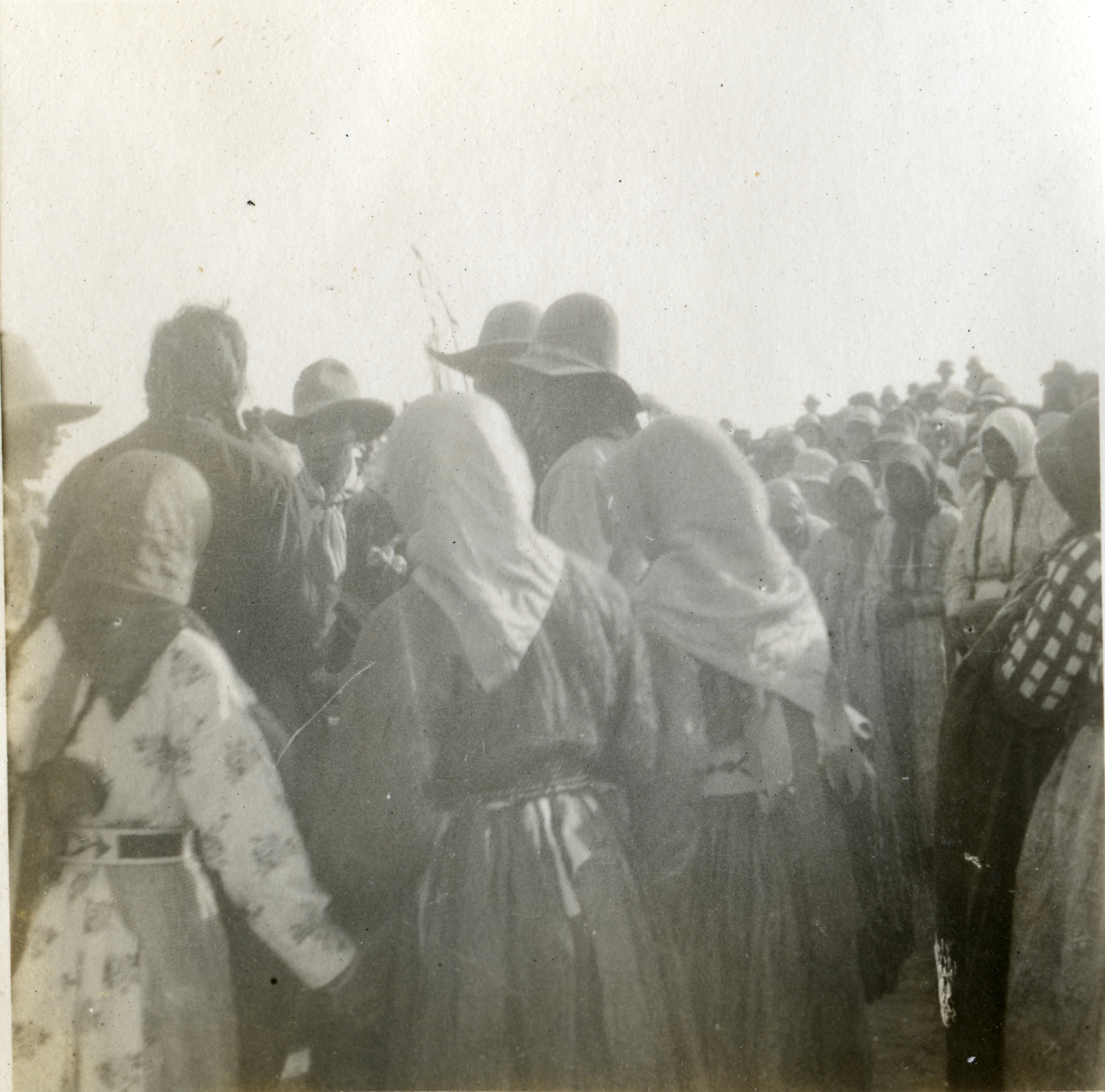Photo Above: Group of five Aboriginal men, two seated, three standing, one playing the drum, others appear to be singing. c.1915 Stoney Nakoda First Nation.
Image courtesy of Red Deer and District Archives, P3269.
Visitor Information
Mon, Tue, Thu, Sat: 10 am – 4:30 pm
Wed & Fri: 10 am – 8 pm
Sunday & Holidays*: Closed (*Open Heritage Day, Remembrance Day and Family Day from 12-4:30pm)



